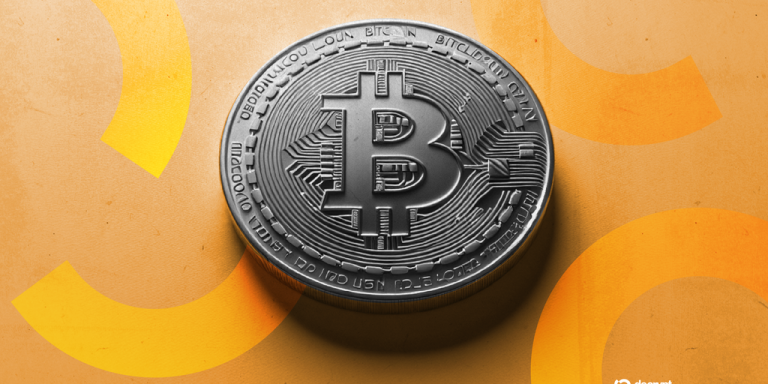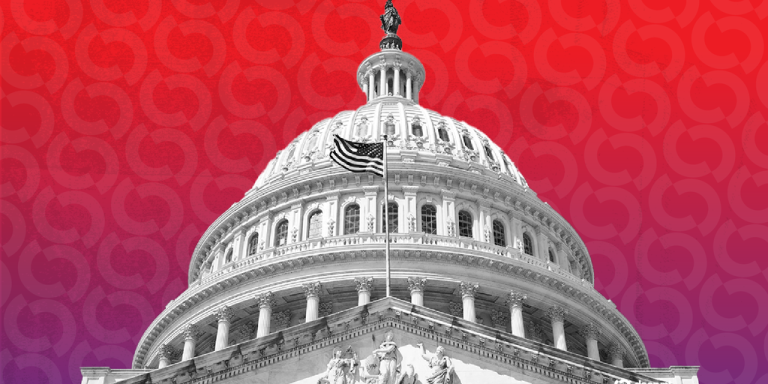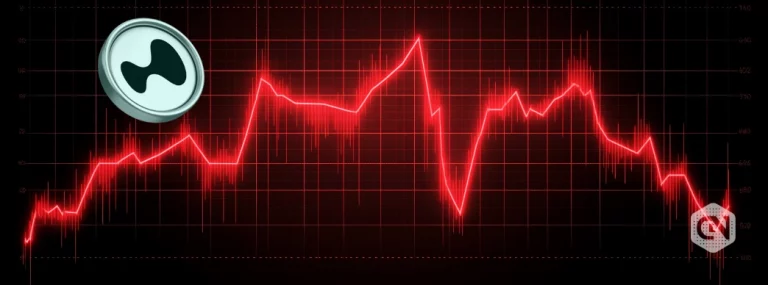
The $110 Billion Stimulus: A Macro-Financial Shockwave
Japan’s recent rollout of a $110 billion stimulus package is making global waves, particularly within the cryptocurrency markets. Designed to combat inflation, which recently hit 3% in October, the plan aims to increase consumer spending. However, this extensive financial measure has triggered a series of macroeconomic consequences, affecting not just Japan but also setting a precedent for markets worldwide, including the United States and cryptocurrencies.
Japan’s Rising National Debt and Bond Yields
Currently, Japan holds the highest government debt-to-GDP ratio globally at roughly 230%. For every $1 generated in its economy, $2 is owed—marking Japan as the most indebted nation. The stimulus announcement has also led to a spike in Japan’s 40-year bond yield, now standing at a record 3.77%.
These rising yields are significant because they siphon capital away from risk assets like stocks and cryptocurrencies. The market sentiment has turned bearish as investors weigh the implications of Japan potentially hiking its interest rates in December, a move that could further unsettle crypto markets.
Global Ripple Effects: The U.S. Economy Under Pressure
The United States isn’t immune to Japan’s macroeconomic headwinds. While Japan’s approach sets a benchmark for policymakers worldwide, the U.S. is facing its own fiscal challenges. President Trump’s proposed $2,000 payouts for households below the high-income bracket, coupled with $619 billion in deficit spending during the government’s recent 43-day shutdown, underscores the growing concerns around U.S. national debt.
By 2026, analysts expect the U.S. to hit $40 trillion in total debt, pushing the debt-to-GDP ratio back to 124%. This mounting financial strain mirrors Japan’s economic landscape but raises additional uncertainties around Federal Reserve policies and their impact on crypto markets.
A Struggling Crypto Market
With mounting inflation, strong labor markets, and the ongoing effects of external macroeconomic pressures, cryptocurrencies are navigating through a risk-off environment. Bitcoin (BTC), Ethereum (ETH), and other altcoins have suffered as capital continues to flow into less volatile government bonds and other traditional assets.
The situation could worsen as analysts predict increased rate hikes by central banks, inspired by the Bank of Japan’s actions. Such decisions would leave the cryptocurrency market under significant stress, continuing the bearish trajectory seen in Q4 2025.
Invest in Stability Amid Market Volatility
Amid this uncertain economic climate, diversifying your portfolio is crucial. For those looking to hedge against market volatility, consider exploring stablecoins or allocating a portion of funds to physical assets like precious metals. Meanwhile, long-term crypto investors may benefit from tools like the Ledger Nano X Wallet for securely holding digital assets, offering peace of mind during turbulent periods.
The Bottom Line
The ripple effects of Japan’s $110 billion stimulus package are evident not just in its immediate region but across global markets. As rising debt, bond yields, and inflation reshape financial landscapes, cryptocurrency markets are feeling the strain. By understanding these macroeconomic trends and adjusting portfolios accordingly, investors can navigate these challenging times with greater confidence.



